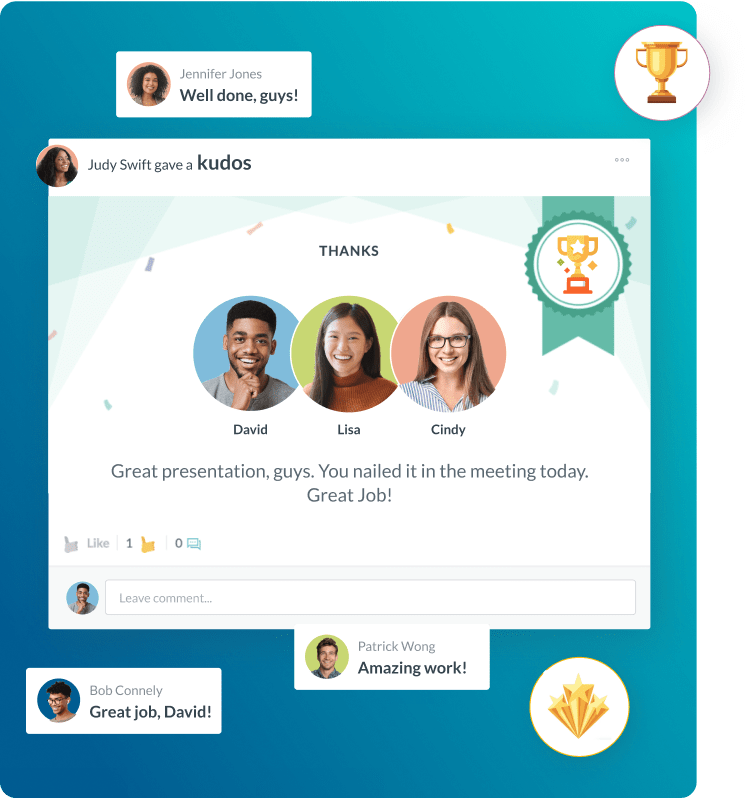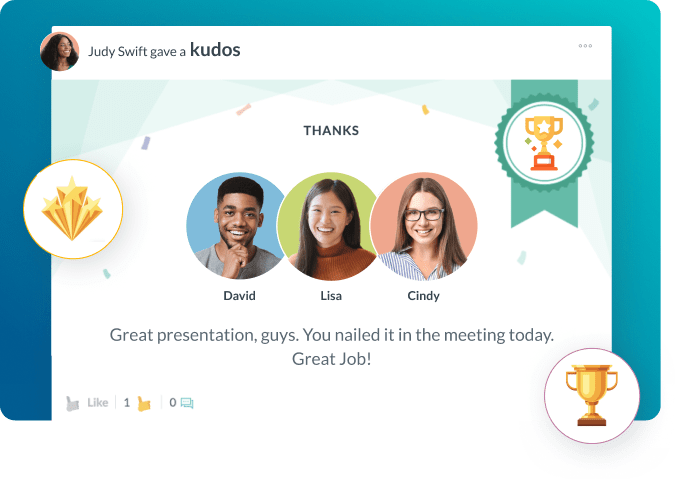Career Path
- Why Career Paths Drive Business Success
- Comparing Career Path Models: Which Approach Fits Your Organization
- Building Career Paths That Actually Work
- Common Career Path Mistakes That Undermine Your Efforts
- How Different Industries Approach Career Development
- Your Step by Step Career Path Implementation Guide
- The Future of Career Development and What It Means for Your Organization
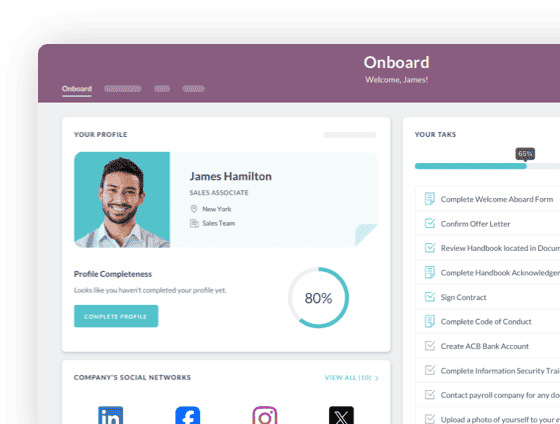
 Cut onboarding time
by 60%—here's the
Ultimate Checklist
that helped do it.
Cut onboarding time
by 60%—here's the
Ultimate Checklist
that helped do it.
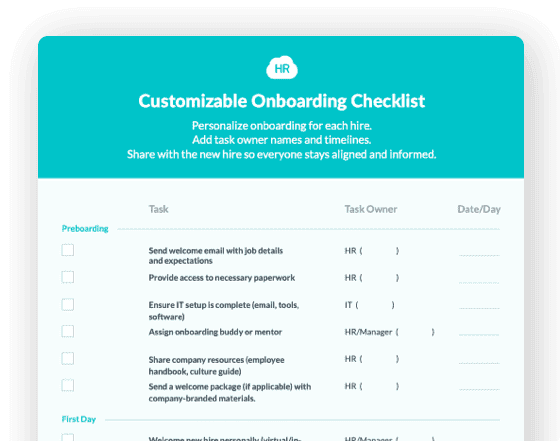
Career Path: A Complete Guide to Strategic Workforce Development
A career path represents the sequence of jobs, roles, and experiences that professionals pursue throughout their working lives. It includes both vertical moves up the organizational ladder and lateral transitions that build diverse skill sets. Understanding and designing effective career paths has become a strategic priority for organizations that want to retain top talent and build a competitive workforce.
Today's business leaders recognize that career development is no longer just an employee benefit. It drives engagement, reduces turnover costs, and ensures your organization has the right people in the right roles at the right time. When you invest in clear career progression frameworks, you create a culture where people see a future worth working toward. This forward thinking approach transforms how employees view their relationship with your organization.
Companies that actively support career development report higher retention rates and stronger employee satisfaction. Research from Gallup shows that opportunities for career growth rank among the top reasons people stay with or leave their employers. The stakes are clear: organizations that ignore career pathing will struggle to compete for talent in today's market.
Why Career Paths Drive Business Success
After understanding what a career path means for your organization, you need to grasp the key elements that make these programs work. Here are the essential components that separate effective career development from superficial initiatives.
Clear progression frameworks help employees understand what skills and experiences they need to advance, reducing confusion and setting realistic expectations
Regular development conversations between managers and team members create accountability and ensure career goals align with business needs
Transparent promotion criteria eliminate guesswork and build trust across the organization, making advancement feel achievable rather than mysterious
Skill development opportunities through training, mentorship, and stretch assignments prepare people for their next roles before positions become available
Cross functional exposure broadens capabilities and helps identify hidden talent that might thrive in different parts of the business
Recognition systems that acknowledge progress reinforce positive behaviors and motivate continued growth
Comparing Career Path Models: Which Approach Fits Your Organization
Different organizations need different approaches to career development. This comparison helps you choose the right model for your business context and culture.
|
Career Path Model |
Best For |
Key Benefits |
Implementation Complexity |
|
Traditional Ladder |
Hierarchical organizations with clear levels |
Straightforward progression, easy to communicate |
Low to Medium |
|
Lattice Model |
Organizations valuing diverse experiences |
Builds broad skill sets, increases agility |
Medium to High |
|
Dual Track |
Technical companies needing expert contributors |
Retains specialists, values technical depth |
Medium |
|
Project Based |
Consulting and creative industries |
Maximizes flexibility, promotes rapid skill building |
High |
|
Hybrid Approach |
Growing organizations with diverse roles |
Combines stability with flexibility |
Medium to High |
Building Career Paths That Actually Work
Context matters when designing career development programs. The best practices below reflect what forward thinking organizations do differently to create paths that employees actually follow.
Your career pathing initiatives must connect to real business outcomes. Generic programs that exist only in handbooks rarely drive meaningful change. Instead, focus on these proven approaches that deliver results.
Involve employees in designing their own paths by conducting regular career conversations where they express interests and aspirations, creating buy in and uncovering hidden ambitions
Map critical skills for each role level so people know exactly what competencies they need to develop, making upskilling and reskilling efforts more targeted and effective
Create visible success stories by showcasing internal promotions and career transitions, demonstrating that advancement opportunities are real and achievable
Establish mentorship connections between senior leaders and emerging talent to transfer knowledge and build relationships that accelerate development
Integrate career planning into performance goal tracking systems so development becomes part of regular work discussions rather than an annual afterthought
Offer lateral moves that build T shaped skills, allowing people to gain depth in their specialty while expanding their understanding of the broader business
Common Career Path Mistakes That Undermine Your Efforts
Even well intentioned organizations make predictable mistakes when building career development programs. These errors stem from treating career pathing as a checkbox exercise rather than a strategic priority.
Understanding what not to do is just as important as knowing best practices. Here are the pitfalls that derail career development initiatives and frustrate your workforce.
Creating rigid paths that ignore individual strengths and interests, forcing people into predetermined progressions that may not fit their unique talents or aspirations
Failing to update career frameworks as the business evolves, leaving employees with outdated roadmaps that no longer reflect organizational priorities or available opportunities
Limiting development to formal training programs while ignoring on the job learning experiences that often provide the most valuable skill building
Making career advancement dependent solely on manager discretion without transparent criteria, breeding favoritism and destroying trust in the process
Neglecting to help managers develop coaching capabilities, leaving supervisors unprepared to guide team members through career decisions effectively
How Different Industries Approach Career Development
Career pathing looks different across industries because each sector faces unique challenges and opportunities. These real world examples show how organizations adapt career development to their specific contexts.
In healthcare, career paths often combine clinical expertise with leadership development. A nurse might progress from staff nurse to charge nurse to unit manager, or pivot into specialized clinical roles like nurse educator or quality improvement specialist. Organizations in healthcare increasingly offer dual track systems that let clinical experts advance without moving into management roles they may not want.
Technology companies face different dynamics where rapid skill obsolescence makes continuous learning essential. A software engineer might move from junior developer to senior engineer to technical architect, or transition laterally into product management or developer relations. The best tech employers create lattice structures that value both vertical advancement and horizontal skill building. According to Harvard Business Review research, organizations with flexible career models see higher innovation rates.
Manufacturing has evolved beyond traditional assembly line progression to include technical specialist tracks and cross functional development. Production workers can advance into quality control, process improvement, or maintenance roles while also pursuing supervisory positions. Smart manufacturers integrate career development into their onboarding processes from day one, showing new hires multiple advancement possibilities.
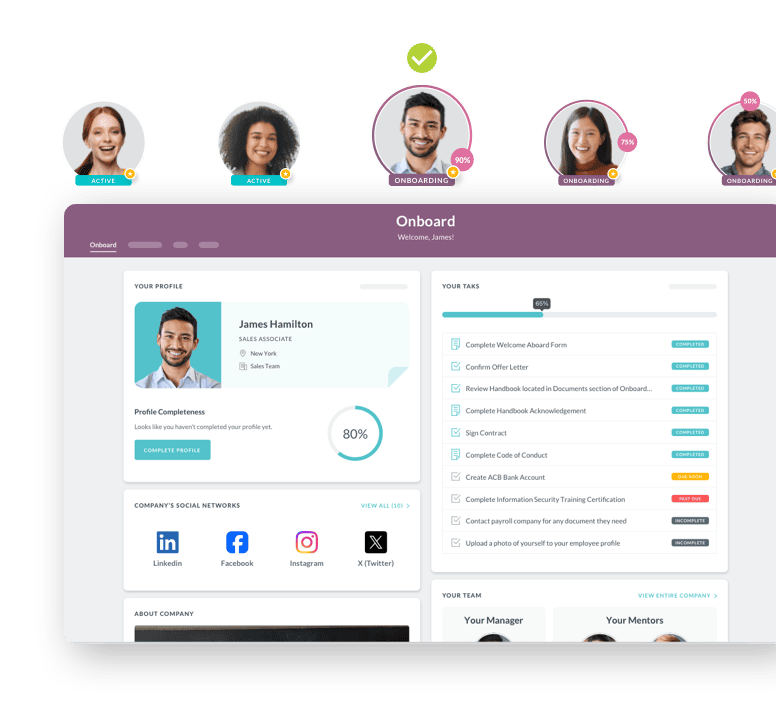
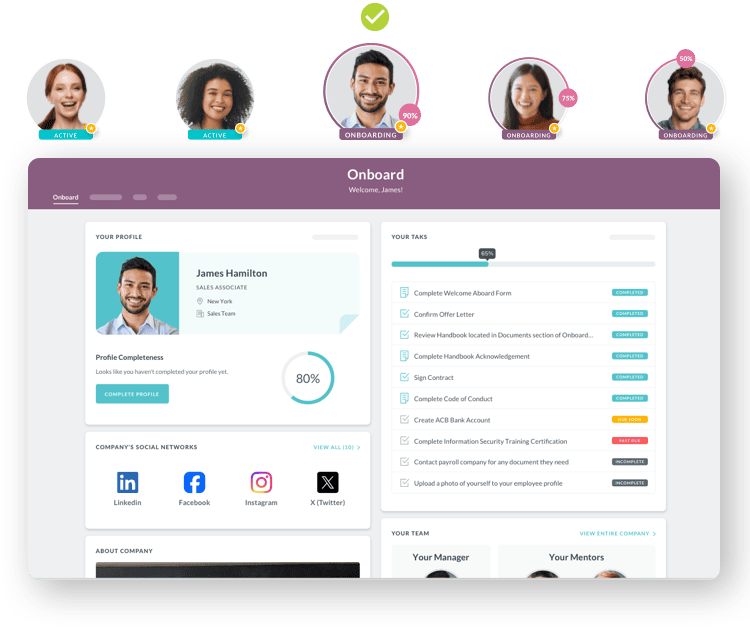
Your Step-by-Step Career Path Implementation Guide
Building an effective career development program requires systematic planning and execution. This roadmap walks you through the critical phases from assessment to ongoing optimization.
Start by conducting a thorough organizational assessment. Map your current roles, identify critical positions, and document the skills required at each level. Survey employees to understand their career aspirations and perception gaps. This foundation ensures your career pathing efforts address real needs rather than assumed problems.
Next, design clear career frameworks for key job families. Define levels, competencies, and typical progression timelines. Include both vertical and lateral movement options. Make these frameworks specific enough to be useful but flexible enough to accommodate individual differences. Remember that planning a successful career change requires clarity and realistic expectations.
Train your managers to become effective career coaches. Provide them with conversation guides, development planning tools, and resources they can share with team members. Managers serve as the primary delivery mechanism for career development, so their capability directly impacts program success.
Launch your program with clear communication about what employees can expect. Host information sessions, create reference guides, and ensure leadership visibly supports the initiative. Transparency builds trust and encourages participation.
Monitor progress through regular check ins and surveys. Track metrics like internal mobility rates, time to promotion, and employee satisfaction with development opportunities. Use this data to refine your approach continuously. According to SHRM research, organizations that measure career development outcomes see better results.
The Future of Career Development and What It Means for Your Organization
Career paths are evolving rapidly as work itself transforms. Understanding emerging trends helps you build programs that remain relevant as the business landscape shifts.
Artificial intelligence and automation are reshaping what skills matter and how quickly they become obsolete. Organizations now emphasize continuous learning over static career ladders. The half life of skills continues to shrink, making adaptability more valuable than expertise in any single area. Your career development programs must embrace this reality by focusing on learning agility rather than fixed progressions.
Remote and hybrid work models have broken geographic constraints on advancement. Employees can now pursue opportunities across office locations or even internationally without relocating. This expands your talent pool but also increases competition for top performers. Smart organizations leverage this shift by creating location flexible career paths that attract and retain distributed talent.
The gig economy mindset has influenced how people view career development even within traditional employment. Employees increasingly think in terms of skills and experiences rather than titles and tenure. They want portfolios of capabilities that make them valuable anywhere, not just in your organization. Forward thinking employers respond by making development transferable and credential rich.
Skills based talent strategies are replacing rigid job descriptions with flexible capability frameworks. This allows people to contribute in multiple ways and build careers that don't follow straight lines. Organizations adopting this approach report higher agility and faster response to market changes.
Personalization technology now enables customized career recommendations at scale. Systems can analyze employee skills, interests, and company needs to suggest development opportunities and potential roles. This makes career pathing more accessible and actionable for everyone, not just those with strong manager relationships.
The organizations that thrive in the coming years will treat career development as a core business strategy rather than an HR program. They will build systems that grow talent as dynamically as markets evolve. By investing in comprehensive career paths today, you position your organization to compete for talent and adapt to whatever changes tomorrow brings. The question is not whether to prioritize career development, but how quickly you can build the capabilities that make it work.
Keep Reading
The Hidden Metrics of Frontline Success: Beyond Engagement Scores
"What gets measured gets managed, but what gets measured well gets transformed." — Peter
Embracing Diversity: Recognizing Different Cultures in the Workplace
Workplaces today reflect the incredible diversity of the world around us. People bring
From Manual to Automated: A Complete Guide to Digitizing Employee Onboarding for Large Organizations
Sarah Chen, Director of HR at a 7,000-employee healthcare organization, starts her Monday
Ready to streamline your onboarding process?
Book a demo today and see how HR Cloud can help you create an exceptional experience for your new employees.






